Inside IWC’s first Scottish boutique, where watchmaking meets contemporary design
As IWC open the doors to its Princes Street boutique in Edinburgh, we speak to Boston-based artist David Nott on what inspired his specially-commissioned artwork for the new store

Opening a boutique in the heart of Edinburgh felt like a natural choice for Swiss watch brand IWC, who share a focus on culture and heritage with the historical town. The new space, on Edinburgh’s buzzy Princes Street, is designed in collaboration with long-standing partner Chisholm Hunter, staying faithful to the elegant and pared-back design codes IWC boutiques are known for.
Inside, watches exclusive to the boutique – from the Ingenieur collection and the new Pilot’s Watch Chronograph 41 Top Gun Miramar – sit next to a customer lounge and customisation studio.
To mark the new space, the brand has partnered with Boston-based textile artist David Nott, who has created a bespoke installation inspired by the sculptural form of the Ingenieur Automatic 42 in Black Ceramic. We speak to the designer about what inspired the design, and why IWC felt like a natural collaborator.
David Nott on his artwork for IWC Edinburgh
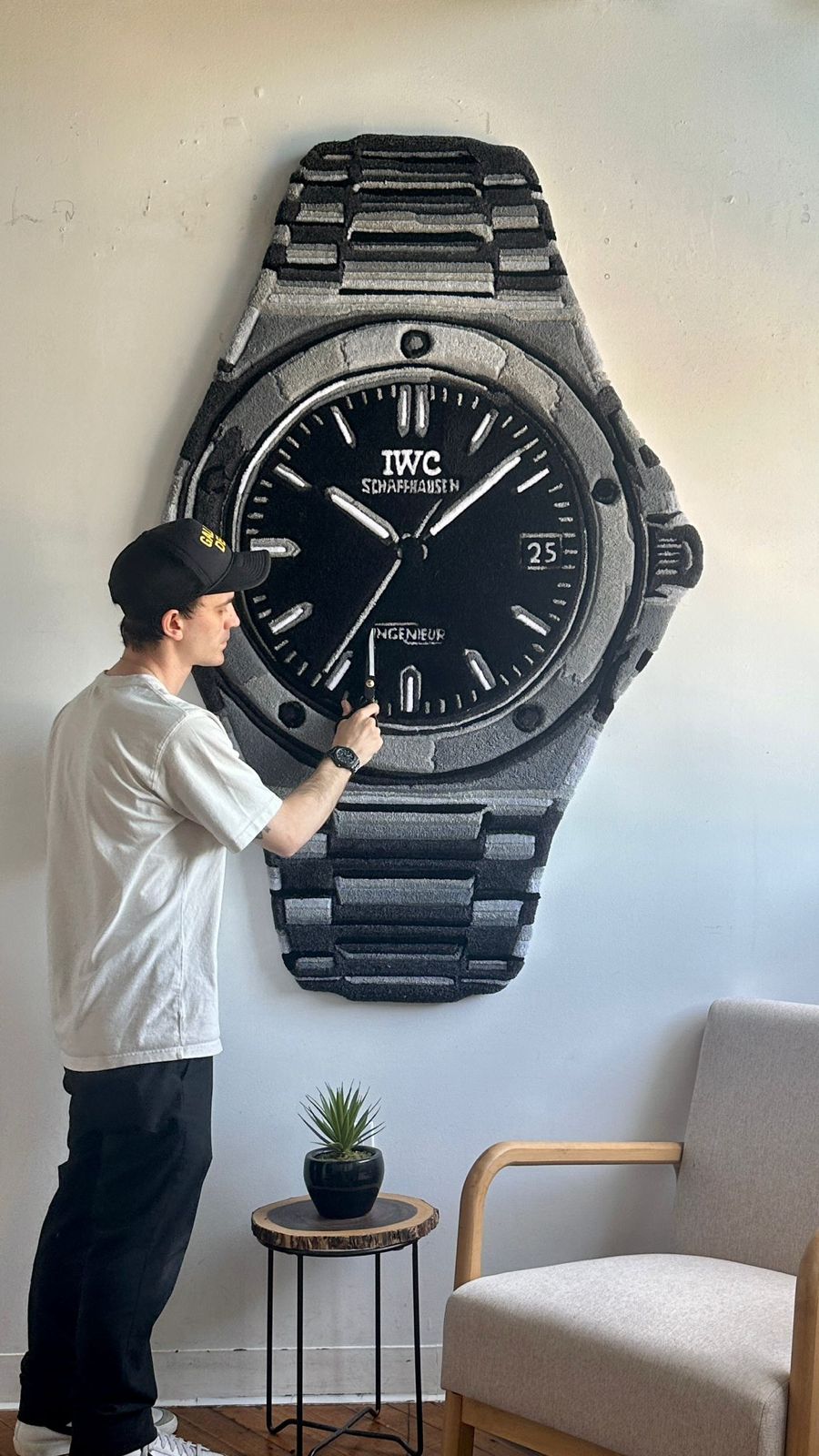
David Nott with his design for IWC
Can you tell us a bit about the inspiration behind your design?
David Nott: The design was deeply inspired by the iconic structure of the IWC Ingenieur. I’ve always been fascinated by objects that strike a balance between utility and elegance, and the Ingenieur does that flawlessly. It has this powerful, industrial presence - almost architectural in the way it’s constructed - yet there’s a quiet refinement to it as well. I was drawn to its visual rhythm: the symmetry, the strong geometry, and the way it carries its weight. That duality of strength and subtlety really resonated with me. I wanted to capture that energy in a completely different medium, reinterpreting the timepiece’s form and feeling in a way that felt fresh, tactile, and unexpected.
How do the architectural elements of the IWC Ingenieur resonate with your own work?
There’s a real alignment between the watch’s design language and the way I think about form and construction. The IWC Ingenieur is a masterclass in precision, from the exposed screws on the bezel to the intricately layered casing and the tactile quality of the brushed metal bracelet. Nothing feels accidental; every element is purposeful. That kind of rigor is something I try to bring to my own practice. My work often revolves around how small choices accumulate to create an object that feels alive and deliberate. With the Ingenieur, I found a framework that mirrored my own approach, where detail isn’t just embellishment, but the essence of the design itself.
Receive our daily digest of inspiration, escapism and design stories from around the world direct to your inbox.
What was important to you to convey in the design?
I really wanted the piece to feel engineered – like something that had been carved or machined rather than tufted from soft materials. There’s a fascinating tension in that idea, and I leaned into it. Texture became my primary language. Every bevel, every surface shift, every cast shadow was studied and considered. I wanted to echo the integrity and craft that go into making an IWC watch, while also challenging the traditional boundaries of textile art. For me, it wasn’t just about visual resemblance – it was about honouring the design’s spirit, the weight it carries, and the story it tells through form and finish.
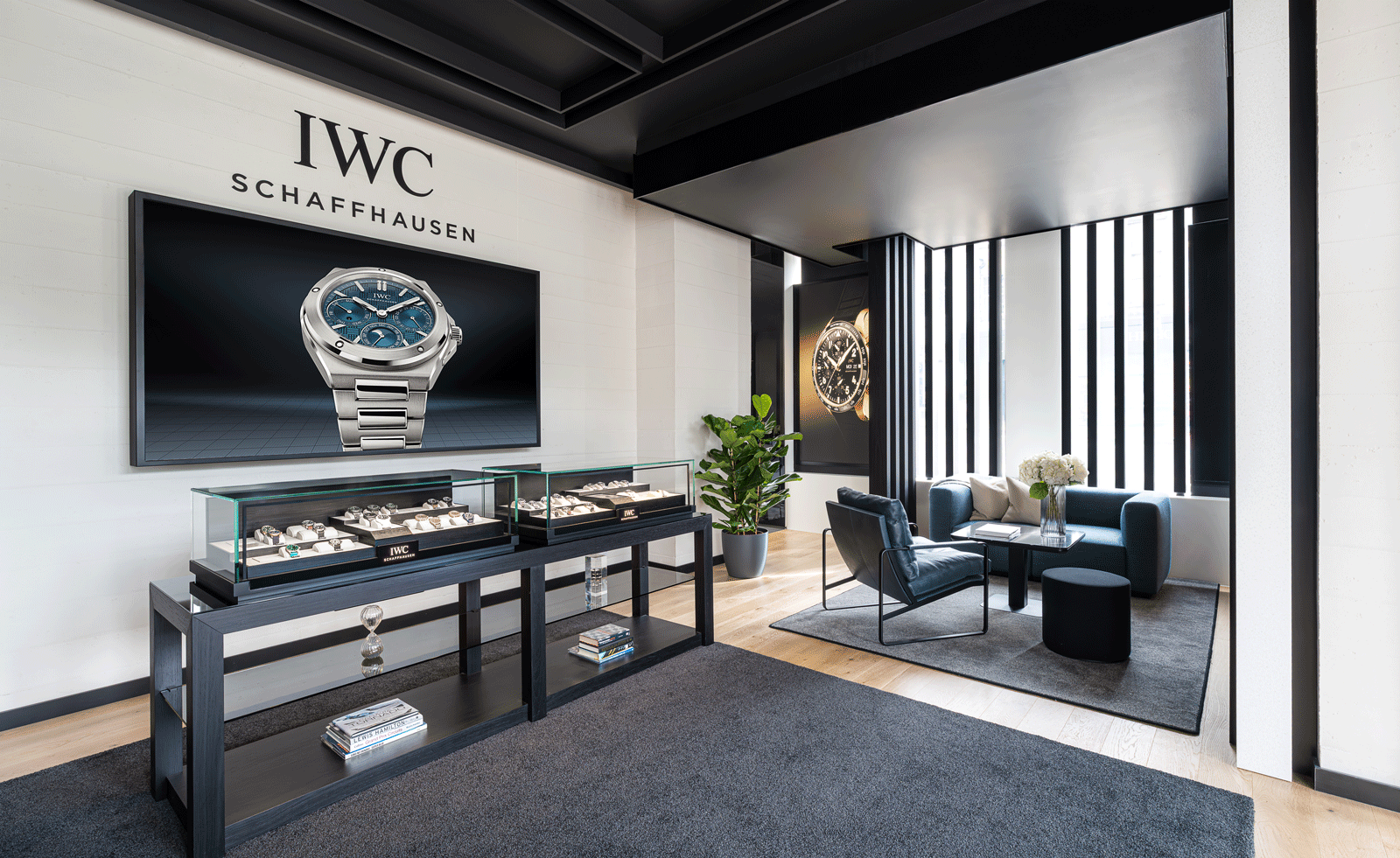
How does it feel to have your work showcased in IWC’s first standalone Edinburgh boutique?
It’s honestly a huge honour. To be included in a moment like this, where a brand as storied as IWC opens its first standalone boutique in Edinburgh, feels incredibly meaningful. Seeing the work outside of the studio, in a space that celebrates precision, innovation, and legacy, is really special. It validates the countless hours of experimentation and refinement that went into this piece. IWC’s commitment to design excellence set the tone for the entire project, so to now see the final work living in that same world feels full circle in the best way.
What have you enjoyed most about the process?
Without a doubt, the most rewarding part was interpreting the watch’s dimensionality in yarn – translating hard, technical surfaces into something soft and expressive. That process challenged me in all the right ways. Every line, every edge needed to be thought through from a sculptural perspective, not just a visual one. I also loved the contrast inherent in the project: taking a cold, engineered object and reimagining it through a warm, tactile medium. That interplay between precision and softness is something I’m always chasing in my work, and this collaboration really gave me the space to explore it fully.
Hannah Silver is the Art, Culture, Watches & Jewellery Editor of Wallpaper*. Since joining in 2019, she has overseen offbeat art trends and conducted in-depth profiles, as well as writing and commissioning extensively across the worlds of culture and luxury. She enjoys travelling, visiting artists' studios and viewing exhibitions around the world, and has interviewed artists and designers including Maggi Hambling, William Kentridge, Jonathan Anderson, Chantal Joffe, Lubaina Himid, Tilda Swinton and Mickalene Thomas.
-
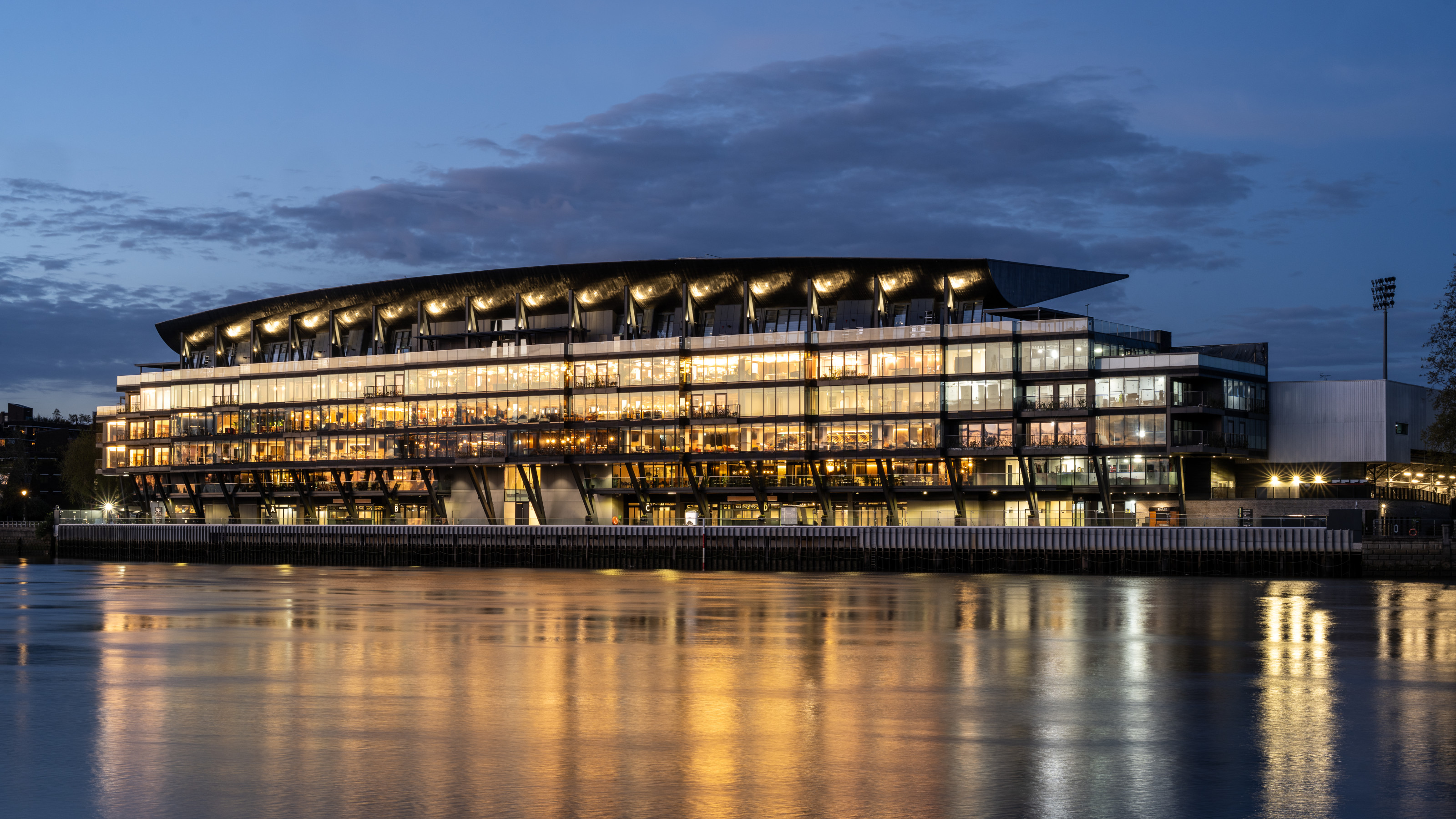 Fulham FC’s new Riverside Stand by Populous reshapes the match-day experience and beyond
Fulham FC’s new Riverside Stand by Populous reshapes the match-day experience and beyondPopulous has transformed Fulham FC’s image with a glamorous new stand, part of its mission to create the next generation of entertainment architecture, from London to Rome and Riyadh
-
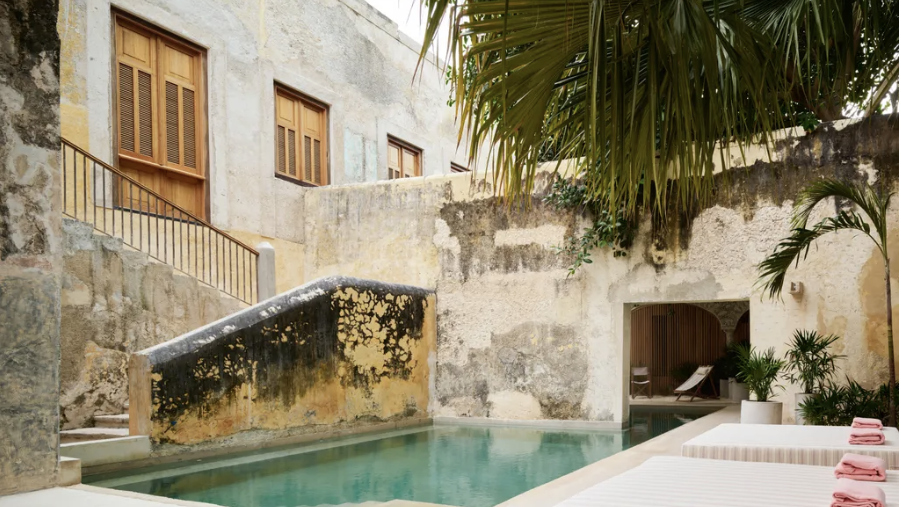 A contemporary Mexican hotel emerges from a 16th-century ruin in Mérida
A contemporary Mexican hotel emerges from a 16th-century ruin in MéridaA renovation project by Zeller & Moye, Mérida’s new Hotel Sevilla wears its architectural interventions lightly, mixing new brutalist elements into listed interiors and a palm-filled courtyard
-
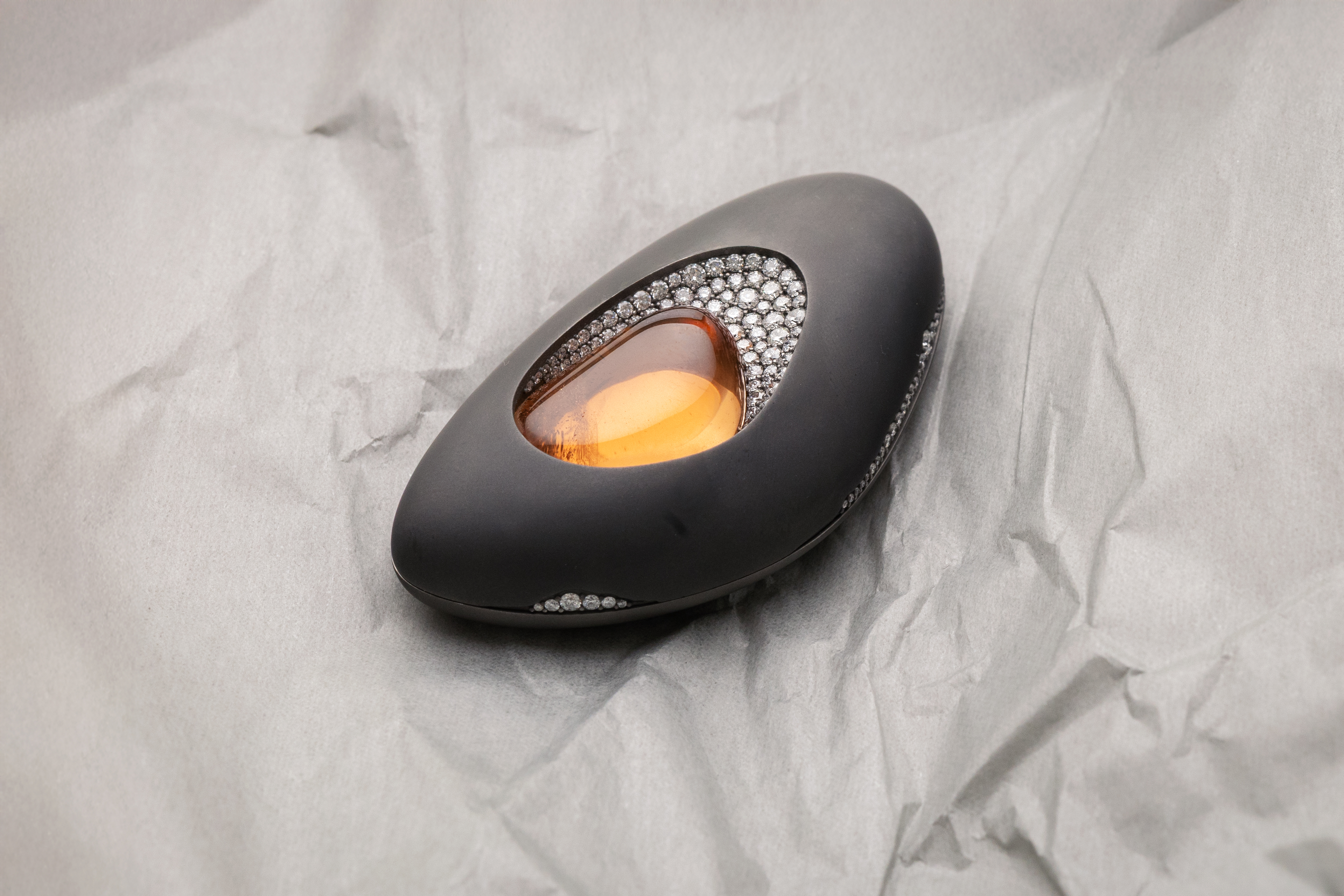 Discover the cool and offbeat designs of jeweller Inesa Kovalova
Discover the cool and offbeat designs of jeweller Inesa KovalovaInesa Kovalova's jewellery celebrates a mix of mediums and materials